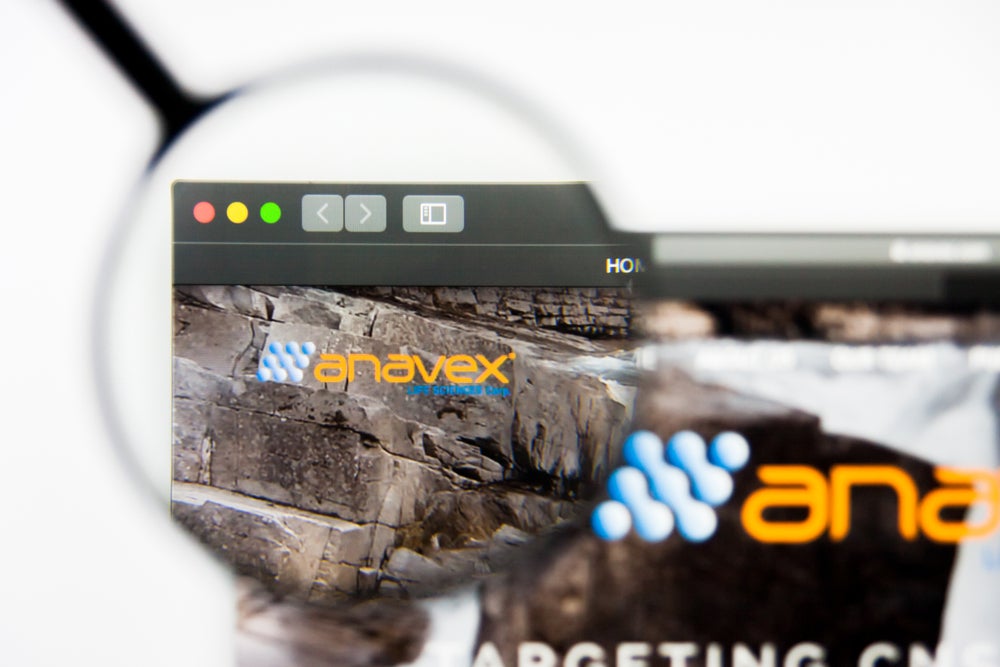
Need to know:
- Rett syndrome is a progressive neurological disorder in young girls. Two ongoing Phase III trials use Rett Syndrome Behavior Questionnaire (RBSQ) as a primary endpoint. This validated 45-item checklist assesses behavioural and emotional symptoms in Rett syndrome.
- But experts took issue with RBSQ as it focuses too heavily on behavioural changes at the expense of physical improvements. They are calling for better efficacy endpoints that are more quantitatively and objectively sensitive for real-world value.
Current outcome measures in Rett syndrome clinical trials lack the sensitivity to measure nuanced changes in disease progression, experts say. Without more sensitive endpoints, ongoing Phase III trials could struggle to objectively quantify symptom improvement.

Discover B2B Marketing That Performs
Combine business intelligence and editorial excellence to reach engaged professionals across 36 leading media platforms.
Two Rett syndrome candidates—Acadia’s trofinetide and Anavex’s ANAVEX2-73—anticipate data from their respective Phase III trials this year. As a coprimary endpoint, both trials use the Rett Syndrome Behavior Questionnaire (RBSQ): a caregiver-focused checklist measuring behavioural and emotional symptoms.
While RSBQ is a validated endpoint, it does not adequately focus on important motor function outcomes, University of Alabama Rett Syndrome Clinic director Dr Alan Percy says. Rett syndrome is a rare neurological disorder characterised by progressive loss of balance, speech, and motor function.
A more holistic outcome measure would better emphasise Rett syndrome’s physical manifestations, including walking and hand use.
“It’s a decent scale for behaviour, but it does not meet the level of rigour that a good outcome measure should meet,” explains Percy, who is an investigator in both Phase III trials. A more holistic outcome measure would better emphasise Rett syndrome’s physical manifestations, including walking and hand use, he adds.

US Tariffs are shifting - will you react or anticipate?
Don’t let policy changes catch you off guard. Stay proactive with real-time data and expert analysis.
By GlobalDataThe 45-item RSBQ consists of eight subscales: general mood, breathing abnormalities, hand behaviours, repetitive face movements, body rocking and expressionless face, night-time behaviour, fear/anxiety, and walking/standing. But it can weigh behavioural outcomes too heavily at the expense of physical symptoms, Percy says.
Research is underway in animal and human models to validate new Rett syndrome biomarkers and endpoints, Harvard Medical School neurologist Michela Fagiolini says. These could prove more sensitive to subtle changes in a disease that is long-term and progressive, she explains.
Focus on physical symptoms lacking
Based on existing data, both trofinetide and ANAVEX-73 appear to improve attention and social interaction, Percy says. Among ambulatory patients, some have shown a greater interest in walking, he adds.
But RSBQ is too heavily weighted toward standard behavioural measures, and not enough toward physical capabilities or “adverse behaviour” such as breath holding and hyperventilation, Percy explains. In open-label trials so far, neither asset has shown any apparent improvement in these physical outcomes, he says.
The 187-patient Phase III LAVENDER trial of trofinetide (NCT04181723) and the 84-patient Phase II/III EXCELLENCE trial of ANAVEX2-73 (NCT04304482) share the same RSBQ coprimary endpoint. The LAVENDER trial’s co-primary endpoint is the Clinical Global Impression-Improvement (CGI-I) scale, while the EXCELLENCE trial’s is incidence of adverse events. CGI is a “reasonable” physician-based outcome but other parent- or caregiver-based assessments should run alongside it, Percy says. Both trials have placebo controls.
Physical biomarkers and more objective physical symptom measures would improve the sensitivity of Rett syndrome clinical trials.
Physical biomarkers and more objective physical symptom measures would improve the sensitivity of Rett syndrome clinical trials, Fagiolini adds. Objective measures could detect more subtle changes in disease progression than human-based assessments, she explains.
Currently, there are efforts to validate evoked potential (EP) as a biomarker of cortical function in Rett syndrome, Fagiolini says. EPs are electrical signals that the nervous system produces in reaction to visual and auditory stimuli.
Modest Phase III trial expectations
Nevertheless, based on evidence from both assets’ open-label studies, trofinetide and ANAVEX2-73 will likely result in modest 20–30% RSBQ improvements in their respective trials, Percy said. But it is important to wait for placebo-controlled Phase III trial results before drawing conclusions, he adds.
In a 31-patient Phase II trial (NCT03758924), ANAVEX2-73 had a statically significant improvement in RSBQ, reducing from 50 points to 34 points after seven weeks (p=0.027). A decline in RSBQ score signifies an improvement in clinical symptoms. However, the Phase II was in an older patient population than EXCELLENCE, making it tough to compare, Percy says. The Phase II examined girls ages 18–45 years, while EXCELLENCE is looking at girls ages 5–18 years.
The Phase II was in an older patient population than EXCELLENCE, making it tough to compare.
Meanwhile, in the 82-patient Phase II trofinetide trial (NCT02715115), the change of the mean RSBQ score was 16%, versus 6% for placebo. The Phase II recruited patients aged 5–15 years, while LAVENDER is looking at ages 5–20 years old.
An Anavex company spokesperson says the first low-dose, placebo-controlled trial of ANAVEX2-73 demonstrated significant and clinically meaningful behavioural improvements and physical improvements like hand clasping. Two studies of higher ANAVEX2-73 doses in both adult and pediatric patients are currently ongoing and might demonstrate further enhanced behavioural and physical-related outcomes, he adds.
Positive tolerability profiles so far
There have been some instances of seizure reduction among patients in either assets’ open-label trials, Percy says. But it is unclear if this is the direct result of either medication, he adds. Both therapies appear to have positive tolerability profiles without any significant safety concerns, he explains.
Rett syndrome affects approximately one in every 10,000 to 15,000 live female births worldwide, and there are no FDA-approved treatments. Trofinetide and ANAVEX-73 represent important steps, but more sensitive endpoints for Rett syndrome will prove key, Fagiolini and Percy agree.



